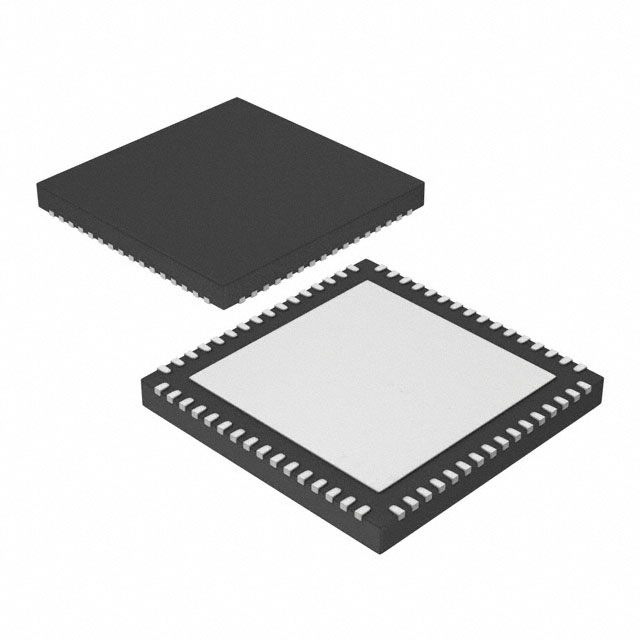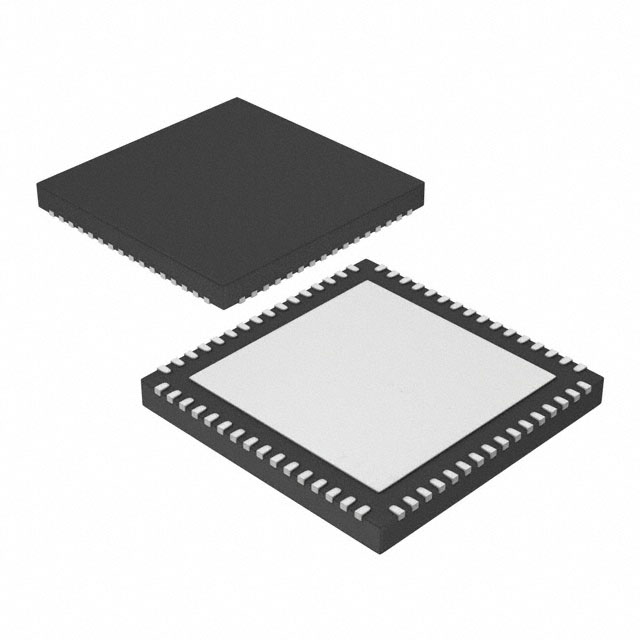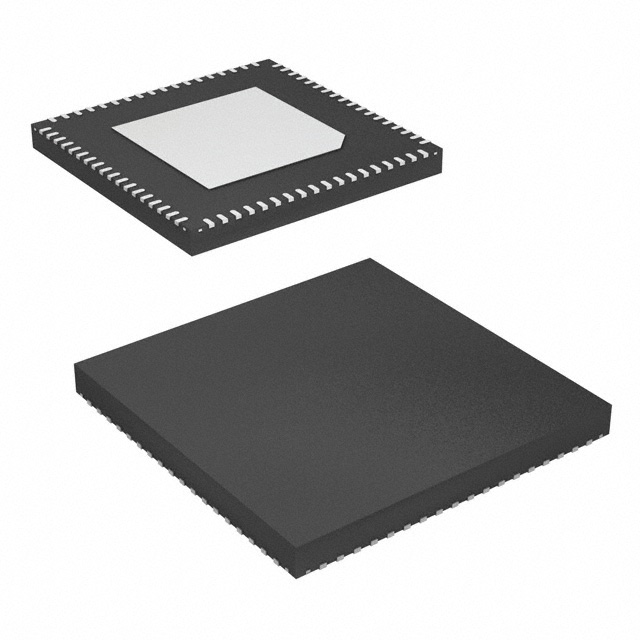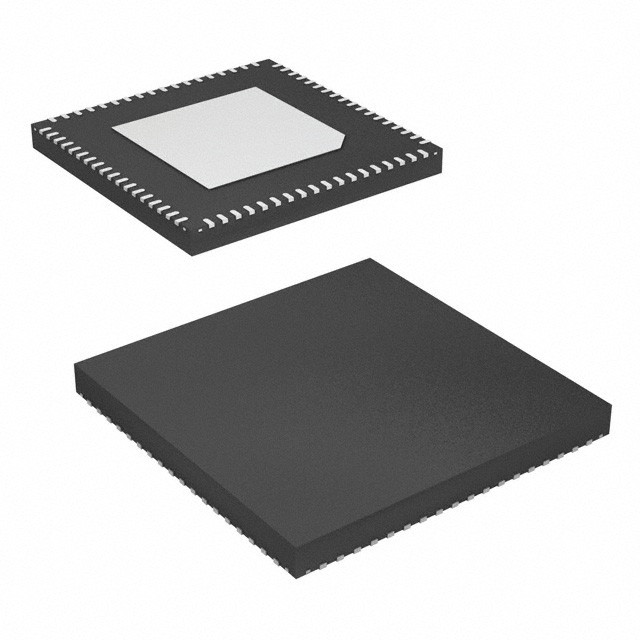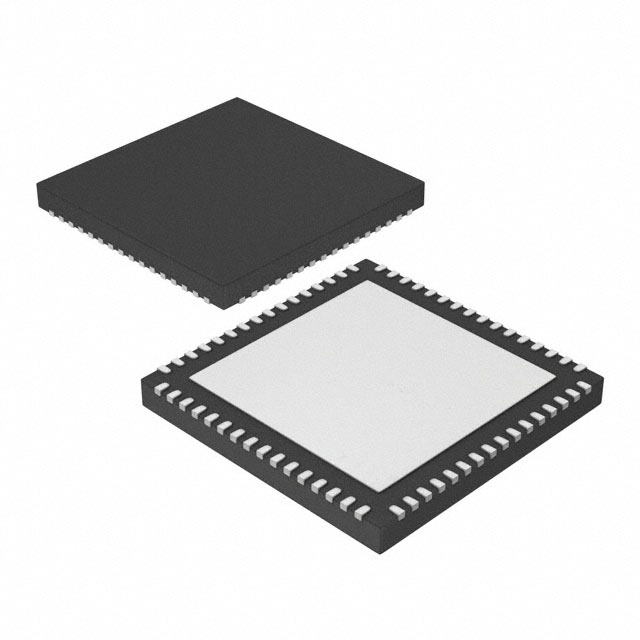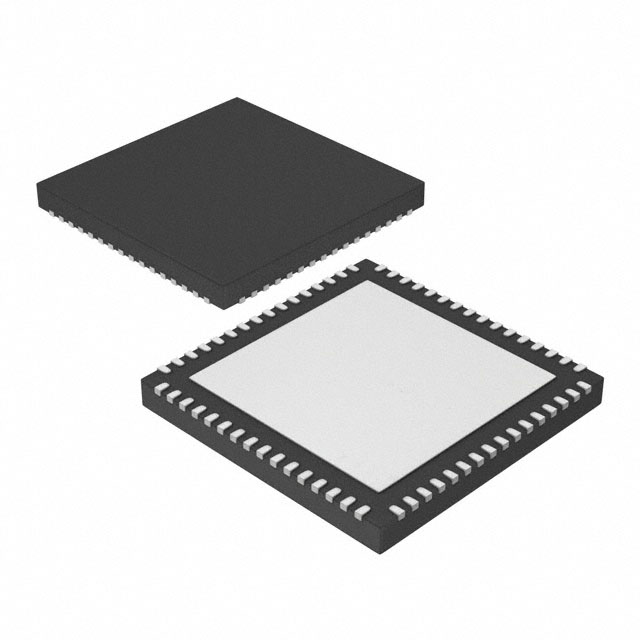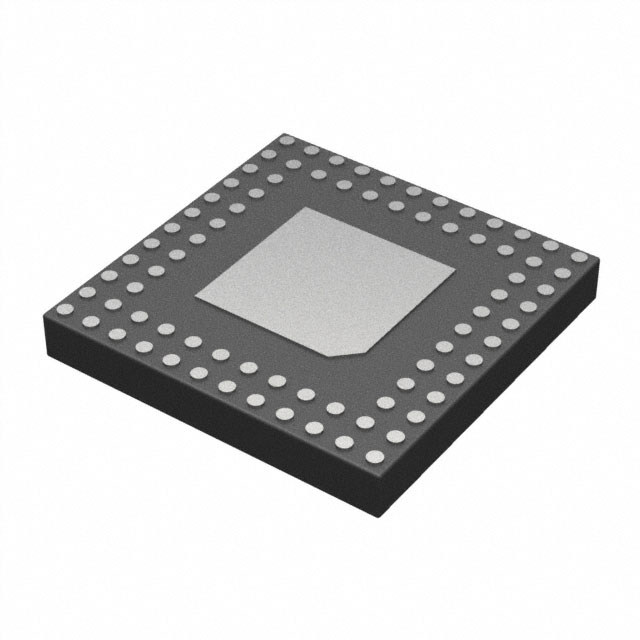Previous Chapter:What are Data Acquisition ICs?
Next Chapter:500 ohm resistor 500 ohm resistor color code
What is a Digital Potentiometers IC?
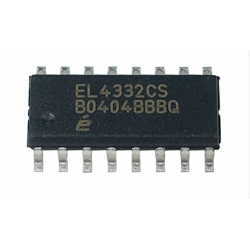
Post Date:2024-05-15,Renesas Electronics America Inc
What should we know about Digital Potentiometers ICs?
Have you ever seen a PCBA or a assembly part which has mounted many electronic parts on it surface? Do you know what they are and what the role of them play in an electronic device? Today, we would like to share a special integrated circuit (IC) chip that almost people ignored, that is Digital Potentiometers IC. It is an important part for anyone involved in electronics design and development. Let's keep reading to know more
What is a Digital Potentiometers IC?
Digital Potentiometer also known as digipots or DGTL POT, is a new type of CMOS digital and analog mixed signal processing integrated circuit that replaces the traditional mechanical potentiometer (analog potentiometer). Unlike traditional potentiometers that rely on a physical wiper to vary resistance, digital potentiometers use an array of resistive elements and digital switching to achieve the same effect. These devices are controlled by digital protocols such as I²C, SPI, or parallel interfaces, allowing for precise and programmable control over the resistance value.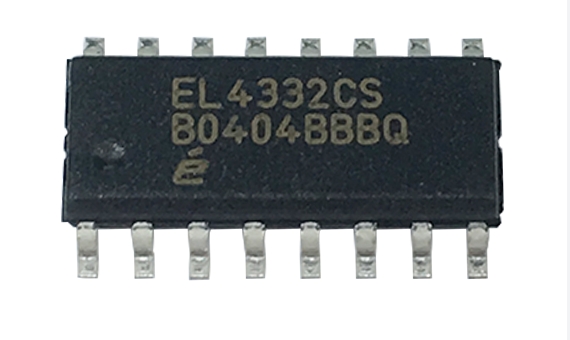
What Classifications of Digital Potentiometers ICs?
Digital potentiometer IC chips can be devided into a variety of types according to its function and characteristics. Here we listing some common types in this field.Variation function
According to the variation function, it can be divided into linear and non-linear categories, because the human ear to the volume of the sense number, so long logarithmic change of the digital potentiometer used in high-fidelity audio equipment volume adjustment.
Memory characteristics
From the memory characteristics, we can separate them into volatile and non-volatile digipots. The non-volatile refers to the power failure can maintain the sliding end position, and restore the position held before the next power on, the digital potentiometer with this retention function is called non-volatile digital potentiometer, no retention function for volatile digital potentiometer. Jinftry provides all types of digipots if you want.
Resolution
In terms of resolution, it can be divided into two categories: high resolution and low resolution digipots.
Interface
According to the interface types, it can be divided into I2C interface, single-wire interface, two-line plus/minus interface, two-line parallel interface, SPI bus interface, Microwire bus interface and so on.
What are the Basic Characteristics of Digital Potentiometers ICs?
Because the digital potentiometer can replace the mechanical potentiometer, the two have similarities in principle. When used as a voltage divider, the high end, low end and sliding end are represented by VH, VL and VW respectively. When used as adjustable resistors, they are respectively represented by RH, RL and RW. So, understanding the fundamental characteristics of digital potentiometers ICs correctly is crucial for selecting the right component for your application.1.It adpots working principle of sensors, so it has good linearity, accuracy and temperature stability proerties.
2.The working mode of digital potentiometer is non-contact, it can avoid the wear of traditional potentiometer, therefore, it has longer lifespan and high reliability.
3.The effective travel can be reached to 360°, and no blind area measurement.
4.Multiple output signal types (0-5V/0-10V/4-20mA/ serial digital signal output), convenient signal acquisition and processing.
5.Can be controlled through software, and meet various demands.
6.Wide applications and flexible to use.
What is the difference between Digital Potentiometers IC and Mechanical Potentiometers?
While both digital potentiometers ICs and mechanical potentiometers serve the same basic function of varying resistance, they differ significantly in terms of construction, operation, precision, and applications. There are two mainly differences between the traditional potentiometers and digital ones.Firstly, during the adjustment process, the resistance value of the digital potentiometer is not continuously changed, but the output is promising after the adjustment. This is because the digital potentiometer uses the MOS tube as the switching circuit, and adopts the control method of "first on and then off". And another difference is that the digital potentiometer cannot achieve continuous adjustment of resistance, but can only be adjusted according to the minimum resistance value on the resistance network of the digital potentiometer.
What should we consider when choosing a Digital Potentiometers IC?
It is needed to know, a wrong value or controller may affect the functionality and performance of the whole product, so select a suitable and right components is extreme important. There are some factors should consider when selecting the right digital potentiometer IC:1. Ensure the digital potentiometer covers the required resistance range for your application.
2. Higher resolution provides more precise control over resistance values. For example, an 8bit digital potentiometer offers 256 different resistance values (2^8).
3. Choose a device with an acceptable tolerance level for your application's precision needs, a lower tolerance means higher precision.
4. Consider the number of adjustment cycles the potentiometer can handle, especially for applications requiring frequent changes. Endurance values can range from 100,000 to over 1,000,000 cycles.
5. Power consumption is an important factor in battery operated or low power devices. Digital potentiometers ICs are designed to consume minimal power, but the exact consumption can vary based on the specific model and operating conditions.
6. Digital potentiometers come in various package types (e.g., DIP, SOIC, TSSOP). Choose one that fits your design’s space constraints and assembly process.
Can a Digital Potentiometers IC be used in high-frequency applications?
Of course YES. Digital potentiometers ICs can be used in high-frequency applications, but there are specific considerations to keep in mind regarding frequency response and stability.Frequency Response
The frequency response of a digital potentiometer IC is determined by its internal structure, including the resistor ladder and switches. High-frequency applications require potentiometers with minimal parasitic capacitance and inductance to maintain signal integrity.
Stability
Stability is crucial in high-frequency applications to avoid signal degradation. Digital potentiometers with low temperature coefficients and stable performance across a wide frequency range are ideal.
Use Cases
1. RF Signal Processing: Adjusting gain and attenuation in RF circuits.
2. High-Speed Data Acquisition: Calibrating and tuning circuits in highspeed data acquisition systems.
Here are some typical applications that digipots can be used in:
Audio Equipment
Sensor Calibration
Signal Processing
Instrumentation and Measurement
Data Acquisition Systems
Automotive Systems
Industrial Automation
Consumer electronics
This is the end of this sharing, if you have other questions about digital potentiometer ICs, or some inquiries about it, welcome to contact us at any time.
Previous Chapter:What are Data Acquisition ICs?
Next Chapter:500 ohm resistor 500 ohm resistor color code



